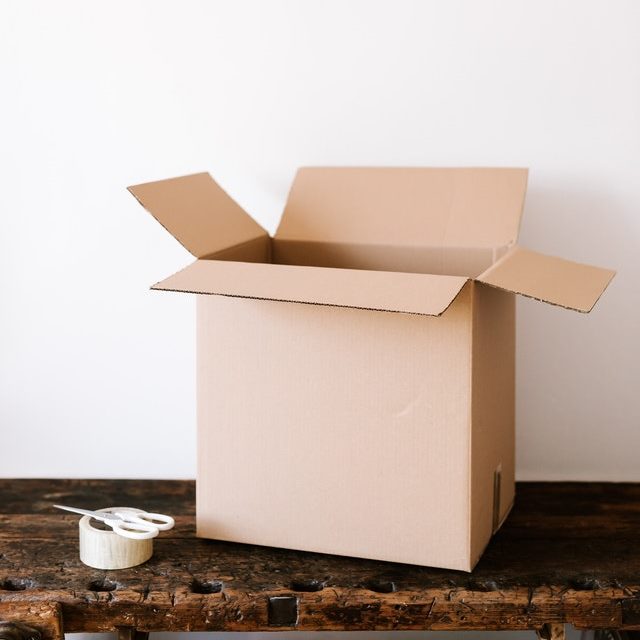Packing your artwork for shipping is a critical stage that determines how safely your artwork will arrive at your final destination. Even though it does not take any special genius to achieve excellent packaging, there is a need to be careful how you handle your fine art at this stage. It is prudent to avoid unnecessary blunders that could cost you a fortune.
Failing to Research the Best Available Options
The first mistake many people make when packing art for shipping is forgetting to research all the available options for packing fine art. If you are not a professional packer, consult professionals on how to pack your artwork. For instance, if you want to ship your antique pieces of furniture, wisdom dictates you ask people who have the right information on how best to do it.
Using Mediocre Shippers
The second mistake most people make is choosing the wrong company to offer the shipping services. You should avoid any shippers simply because you read about them on the Net where they told you they are the “best.” Make sure you look for independent customer reviews regarding their services.
Failing to Insulate the Box
It is not enough to pack your artwork safely. Most inexperienced people fail to insulate their packing box only to discover later that humidity and fluctuating temperatures have ruined their fine art. Failing to use insulation paper on your artwork is a direct ticket to damage, and hence, factor in this issue as you pack your artwork.
Packing in Dirty and Inappropriate Areas
Where you pack your art will also affect the entire packing process because packing art requires a clean environment. If you pack artwork in a dirty location, it will get exposed to dirt and dust that will in turn damage it.
Using Acidic Materials
Most people forget that the kind of packing materials they use also affects the artwork. When packing art, avoid using materials that contain acid because acidic content can damage your artwork and reduce its commercial and esthetic value. Therefore, it is necessary to invest in the right materials when preparing your art for shipping.
So far, you now know the costly packing blunders you need to avoid when packing your fine art for shipping. The ball is in your court to apply them if you want to benefit.
